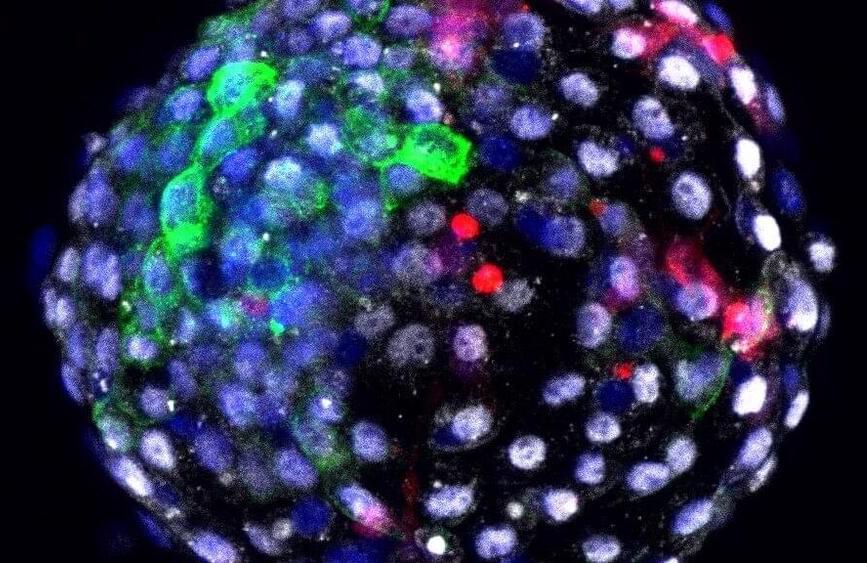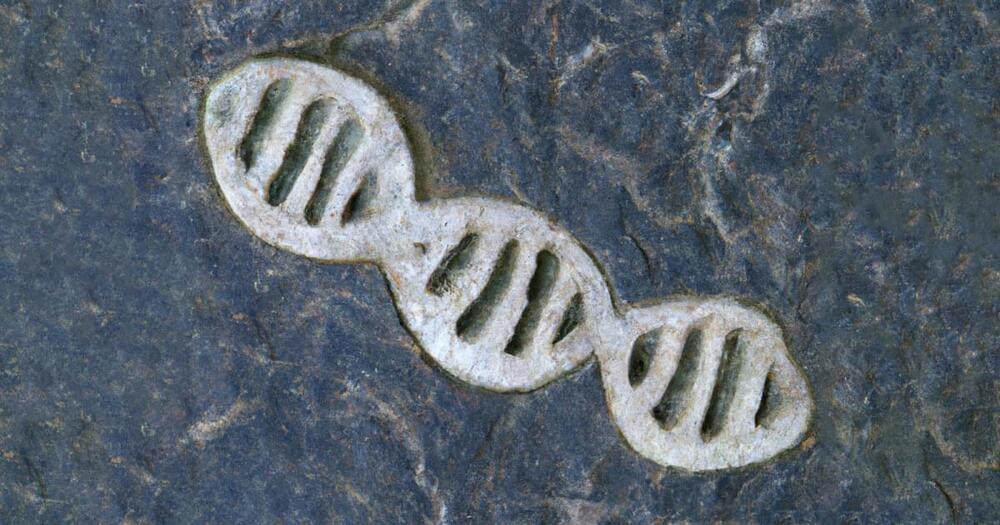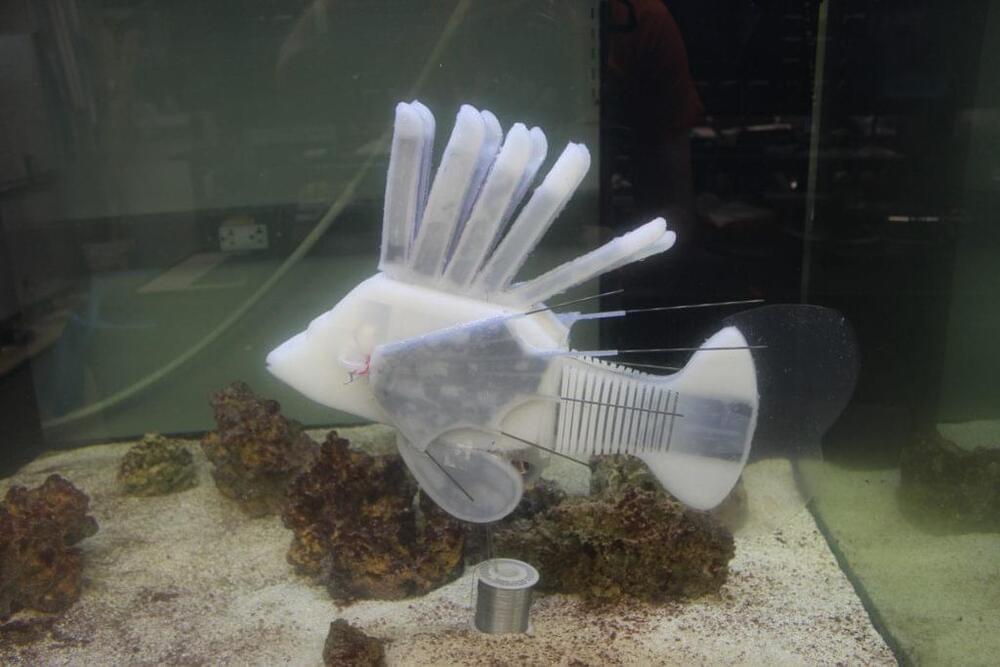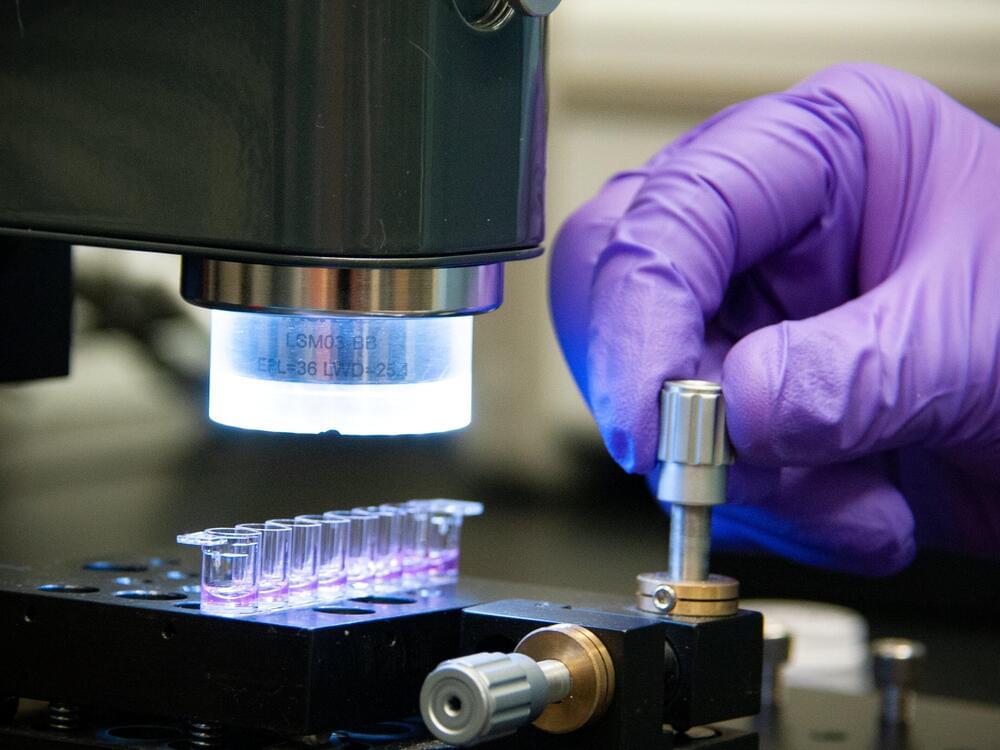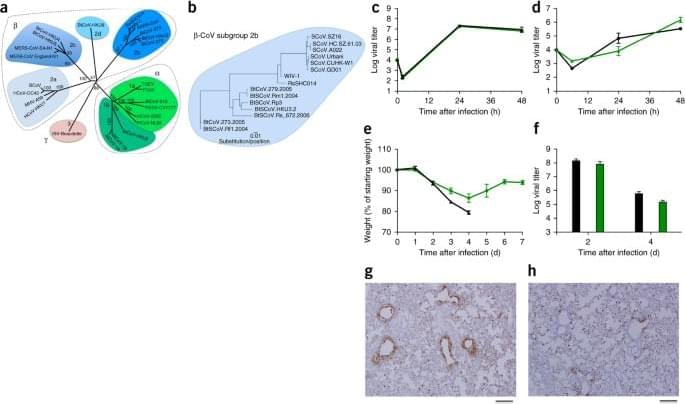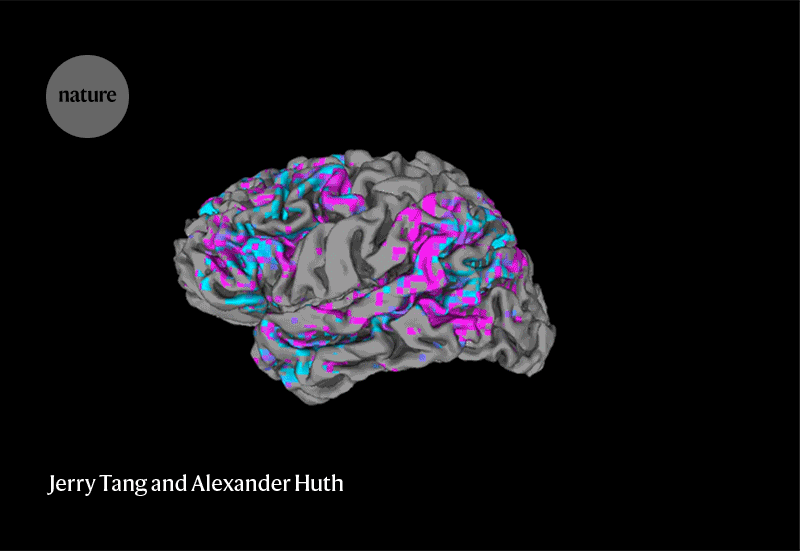May 19, 2023
International team creates first chimeric human-monkey embryos
Posted by Quinn Sena in categories: bioengineering, biotech/medical, ethics
Year 2022
Experiments such as this one cannot be funded with federal research dollars, though they break no U.S. laws. The work was conducted in China, not because it was illegal in the United States, the researchers said, but because the monkey embryos, which are difficult to procure and expensive, were available there. The experiment used a total of 150 embryos, which were obtained without harming the monkeys, “just like in the IVF procedure,” Tan said.
But such experiments, which combine human cells with those of animals, are nevertheless controversial. This work, and other work by Izpisua Belmonte, has moved so rapidly, bioethicists have had trouble keeping up.
Continue reading “International team creates first chimeric human-monkey embryos” »
